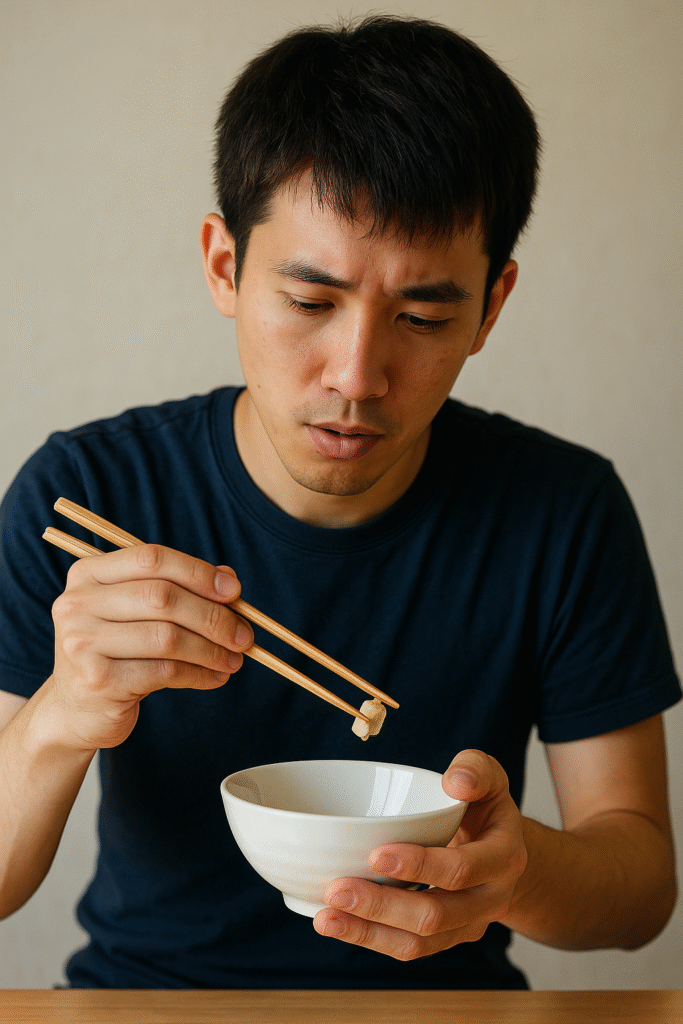
Using chopsticks in Japan can seem challenging at first, especially for travelers unfamiliar with Japanese dining culture. But don’t worry—this guide will help you learn how to hold, use, and respect chopsticks (called hashi in Japanese) with confidence.
🥢 What You’ll Need
To get started, you just need:
- A pair of chopsticks (hashi)
- A small bowl of food or practice items like beans or peanuts
- A little patience—and a sense of fun!
✋ Step-by-Step: How to Hold and Use Chopsticks
1. Position the Bottom Chopstick
Place the first chopstick between your thumb and the base of your ring finger. It should remain still and act as a support.
2. Hold the Top Chopstick
Hold the second chopstick like a pencil. Use your index and middle fingers to control its movement.
3. Pinch and Lift
Gently move the top chopstick up and down to pinch food. With practice, you’ll be able to pick up small items easily.
💡 Tip: Only the top chopstick should move—the bottom one stays in place.
⛔ Chopstick Etiquette: What NOT to Do in Japan
Chopstick skills are important, but manners matter even more. Here are key dos and don’ts for respectful dining in Japan:
| ✅ Do This | ❌ Don’t Do This |
|---|---|
| Rest chopsticks on a holder | Stick chopsticks upright in rice (symbolizes funerals) |
| Use both hands to pass a dish | Pass food directly chopstick-to-chopstick (also funeral-like) |
| Place chopsticks neatly on a tray | Point or wave chopsticks at others |
| Keep quiet while using chopsticks | Rub disposable chopsticks together (seen as rude) |
Respecting these rules shows cultural awareness and good manners.
👶 Learning for All Ages: Chopstick Training Tools
In Japan, many children learn using special training chopsticks with finger rings or guides. These beginner-friendly tools are also great for adults learning the proper technique.
You can buy them in Japanese stores or online before your trip.
🧠 Final Tips Before You Go
- Don’t stress if you drop food—locals appreciate your effort
- Practice at home with snacks like edamame, grapes, or rice crackers
- Try using chopsticks at Japanese or Asian restaurants in your country
- Watch others politely and learn from real-life examples
With a little practice, you’ll be confidently enjoying meals just like a local.